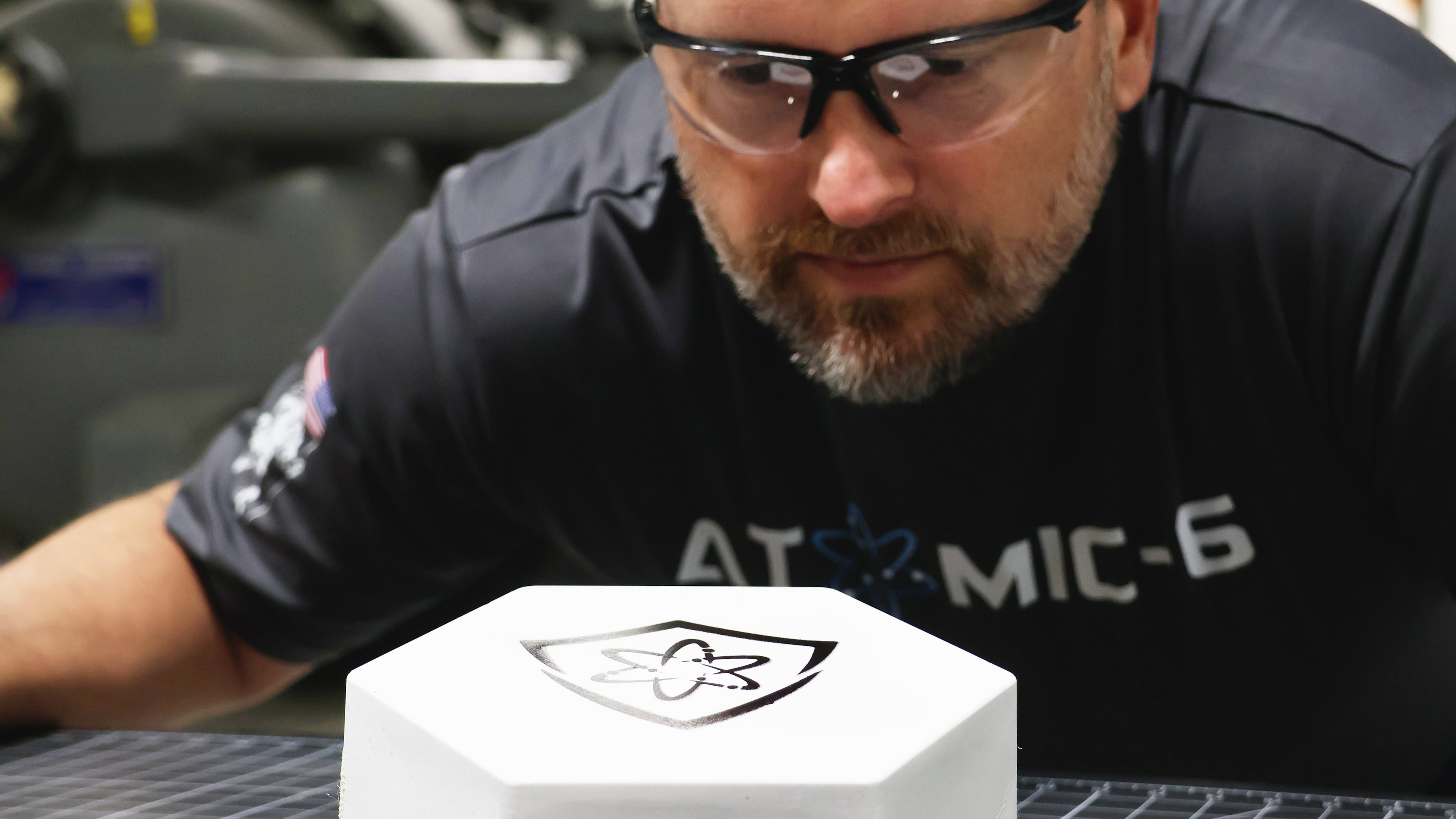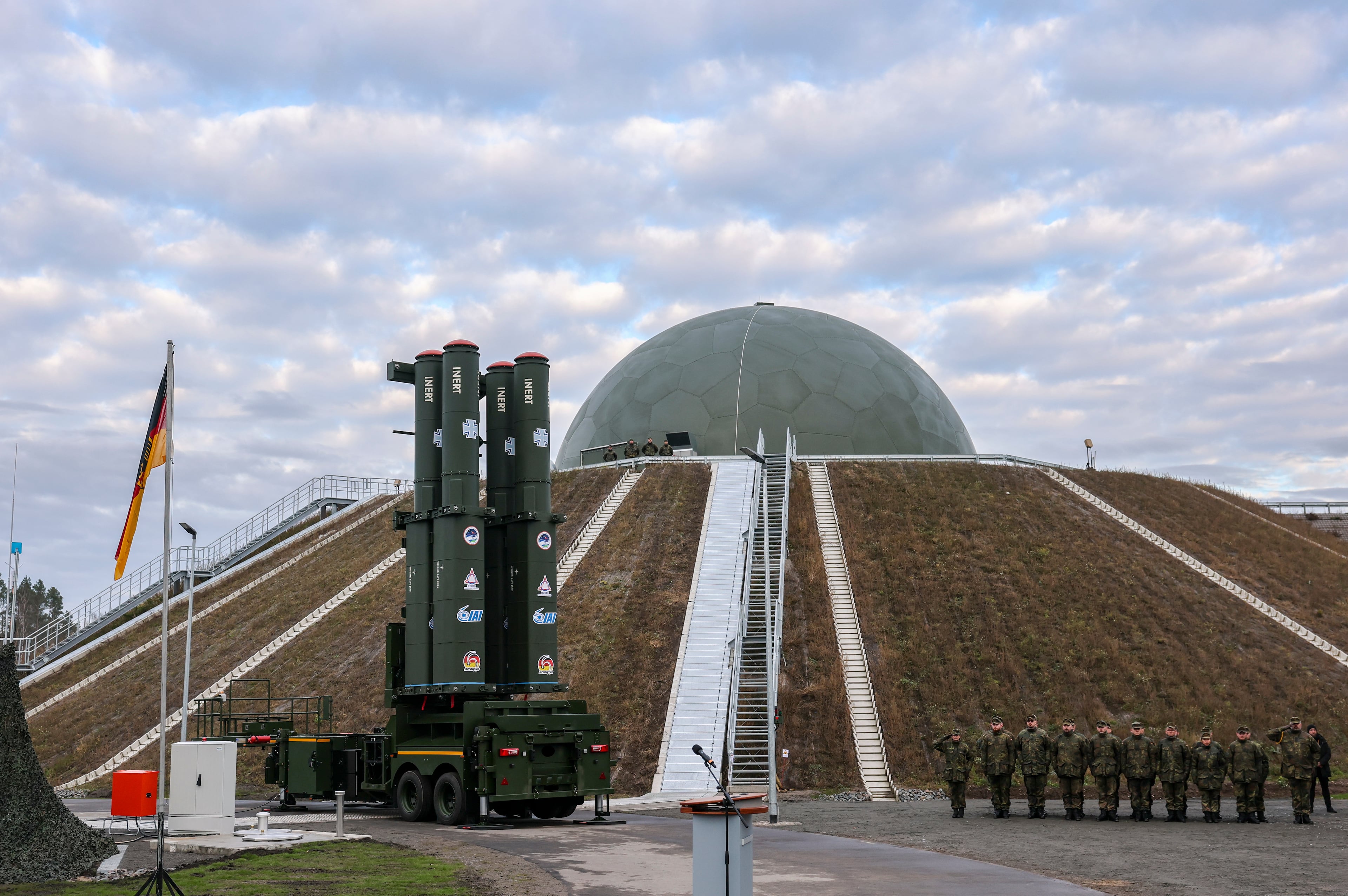Georgia startup invents material to better protect spacecraft

A metro Atlanta startup has invented a new type of space debris shield to protect critical infrastructure on spacecraft, the company announced Thursday.
Space Armor is the latest offering from Atomic-6, a Marietta-based company that makes lightweight structures for extreme environments used primarily by the aerospace and defense industries.
“We wanted to build a new type of debris shield that was thinner, lighter … but also didn’t harm the environment,” Trevor Smith, founder and CEO of Atomic-6, told The Atlanta Journal-Constitution.

Smith compared Space Armor to a structure on an airplane called a radome, which protects communications or radar systems. Radio waves can pass through a radome, allowing information to still be sent and received while keeping the equipment protected.
But that’s not the case for spacecraft, he said. For decades, the traditional armor against space debris was a Whipple Shield, a structure made of multiple layers of thin metal that was invented in 1946 by pioneering astronomer Fred Whipple.
High-velocity small space debris hits the initial layer of metal and breaks up from the impact, creating smaller, less damaging debris around the craft. Improved versions of the Whipple Shield are still in use today.
But radio frequencies can’t pass through the metal, meaning antennas and other communications structures in space often have no armor, according to Smith. Spacecraft are often relying on “a hope and a prayer” for their communications equipment, he said.
“There’s no protection. They just hope that they don’t get hit,” Smith said.
That’s what Space Armor is aiming to fix. It is made from a proprietary composite material that protects against small debris traveling at speeds up to Mach 21 — that’s 21 times the speed of sound, or the speed to get from Atlanta to Los Angeles in under 10 minutes — while still allowing communications frequencies to pass through. It also doesn’t create secondary debris like metal shields do when they are hit.
There are two versions of Space Armor: one that can protect against debris up to 3 millimeters in diameter and one that can protect against debris as large as 12.5 millimeters. Flight models of Space Armor will be less than an inch thick, Smith said.
Atomic-6 already has a client for Space Armor, a private space station builder, Smith said, though he did not disclose the name of the company.
Smith said he also sees potential applications for the shield as part of astronauts’ spacesuits, a technology he said needs to be innovated.
“If you can save weight on something and you can protect an astronaut and not cause additional debris, to me, that would be a better way of doing it than today how astronauts are protected,” he said, though he did not get into specific design changes.
Smith is already looking at future potential applications of Space Armor here on Earth, though he cautioned they haven’t been tested yet.
“When you look at the speeds of the projectiles that we are stopping in space, when you look at terrestrial things that move that fast, explosives come into that realm of speed,” he said.
The launch of the shield comes just a few months after Atomic-6 announced it had received a $2 million contract from the U.S. Space Force for its Light Wing product, a solar array that can transform the sun’s energy into power for spacecraft.
In all, Smith said in an interview earlier this year his company has received more than $12 million in research contracts from the Department of Defense for Light Wing and Space Armor.



